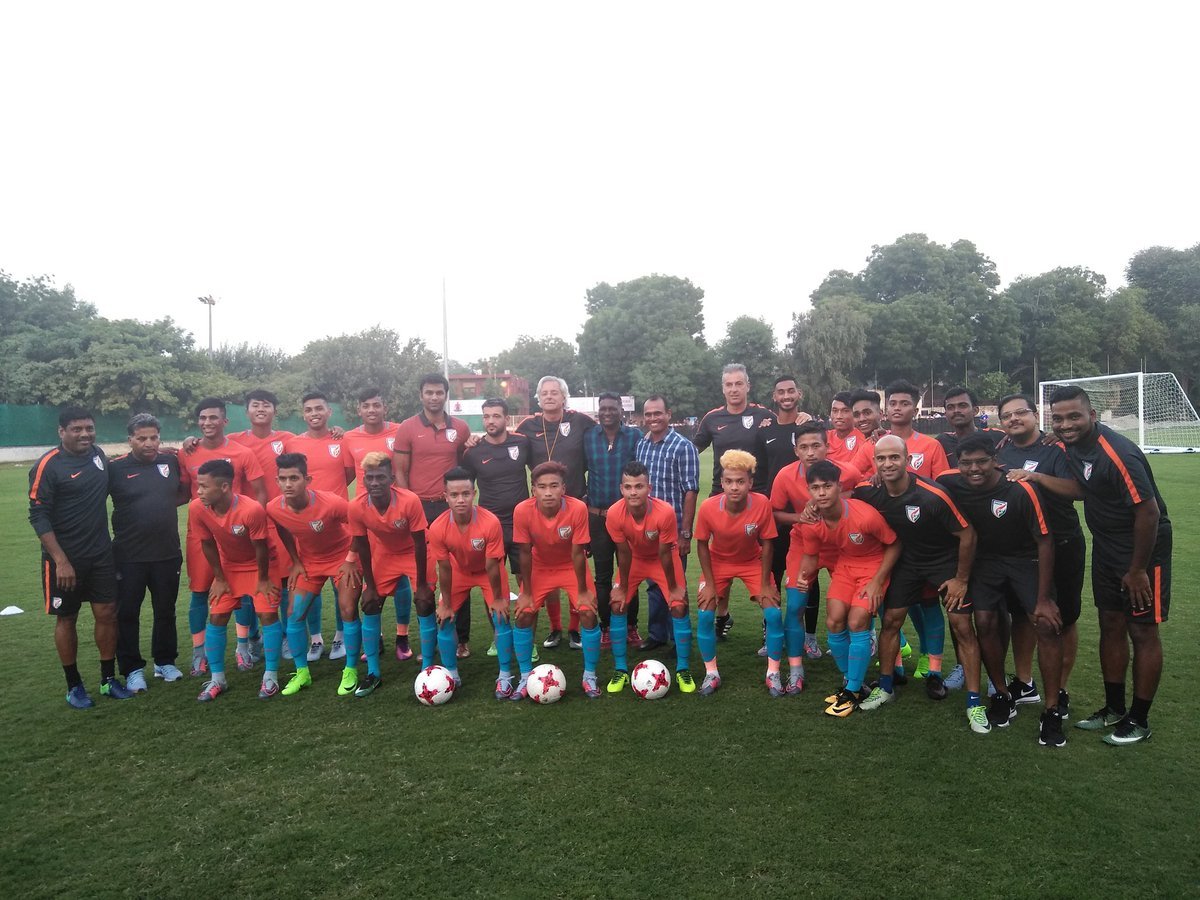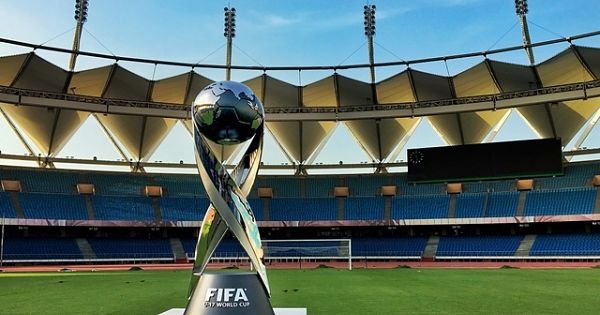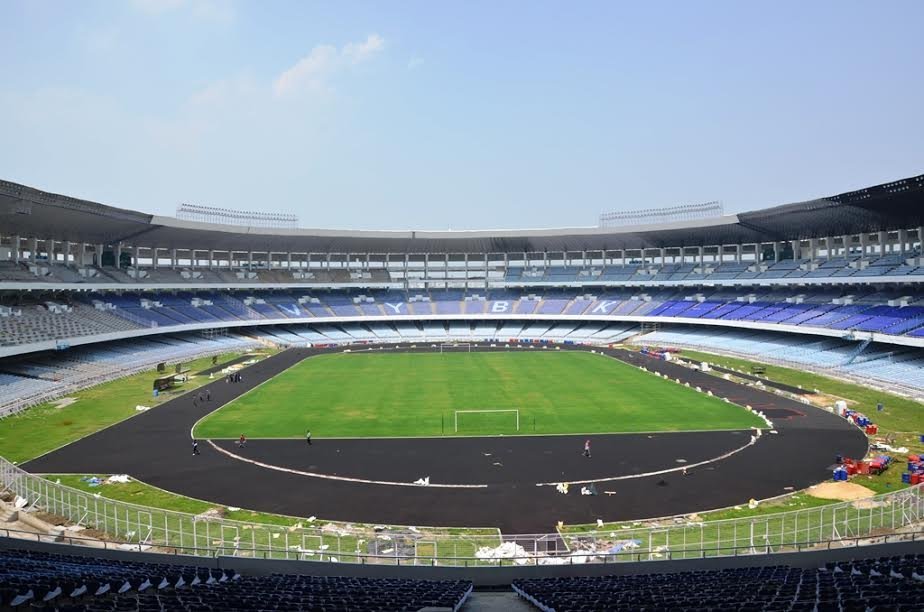On October 6, India’s under-17 football team’s captain, Amarjit Singh Kiyam will not only lead his team on to the pitch for a game of football against USA, he will lead India in to the books of history. India is hosting a FIFA event for the first time and being the hosts, the Asian nation will also participate in tournament, their first appearance in the finals of a FIFA tournament.

India’s U-17 unit is set to become the first bunch of players to participate in a football World Cup. A distinction which eluded some of the best football talents this country ever produced – IM Vijayan, Baichung Bhutia and Sunil Chhetri.
The international football body started organising World Cup in 1930. In 87 years, India have missed numerous editions. India had an opportunity in 1950, but they withdrew as they were not allowed to play barefoot. The wait is finally going to come to an end.

The World Cup participation is mighty significant, but it’s the benefits the hosts will derive from the event which give football the biggest push in the country. We take a look at how India will benefit from the showpiece event.
Rise of football’s popularity in India
One sport, where India can brag to be better than any other nation, is cricket. The journey of India’s rise from minnows to the best began with 1983 World Cup triumph. The victory gave a new dimension to the sport as the whole country fell in love with it. The U-17 World Cup holds the same potential for football.
Fans flock to take a photo with the #IndiaU17s. #BackTheBlue #FIFAU17WC pic.twitter.com/TJ0fSERDW6
— Indian Football Team (@IndianFootball) October 5, 2017
The showpiece event will allow fans to witness some of the brightest young talents. Indian footballers will have the opportunity to rub shoulders with some of the future stars. The event has already witnessed unprecedented attention from the fans and media. The tournament has also received the backing of the Prime Minister Narendra Modi. A similar trend could be seen in the commercial field as well, with more and more corporates coming forward to support the tournament.

If necessary steps are taken by All India Football Federation (AIFF) to retain the generated attention, the U-17 World Cup along with the football revolution of sorts which is already underway with Indian Super League (ISL), may finally awaken the “sleeping giants of world football.”
Future looks bright
The current U-17 team has spent a lot of time together. It was a long process to identify the best young talents to represent the country in the championship. The exposure trips in the buildup to the showpiece event in Germany, Iran, Spain, and Russia and South America included over 50 matches.

AIFF has already expressed its interest to host the U-20 World Cup in 2019 and the current unit should be in a much stronger position by then to compete and make India proud. The focus on youth will also encourage more and more youngsters to take up the sport.
The buildup has brought the love for the game to the fore and will also lead to increase in investments at the grass-root level.
Infrastructure
One of the biggest legacies of the World Cup will be the infrastructure it has helped in improving or building up. Six venues – New Delhi, Kolkata, Navi Mumbai, Kochi, Goa and Guwahati – will host the event. All these venues have witnessed huge investments from the administration.

FIFA was so impressed with the renovation work at the iconic Salt Lake stadium that it gave it a 10/10 rating. The investment has not been limited to stadiums. 26 state-of-the-art training facilities have also been developed across the nation. And Indian football will continue to reap benefits of these infrastructure long after the World Cup.
Feature image: AIFF

















